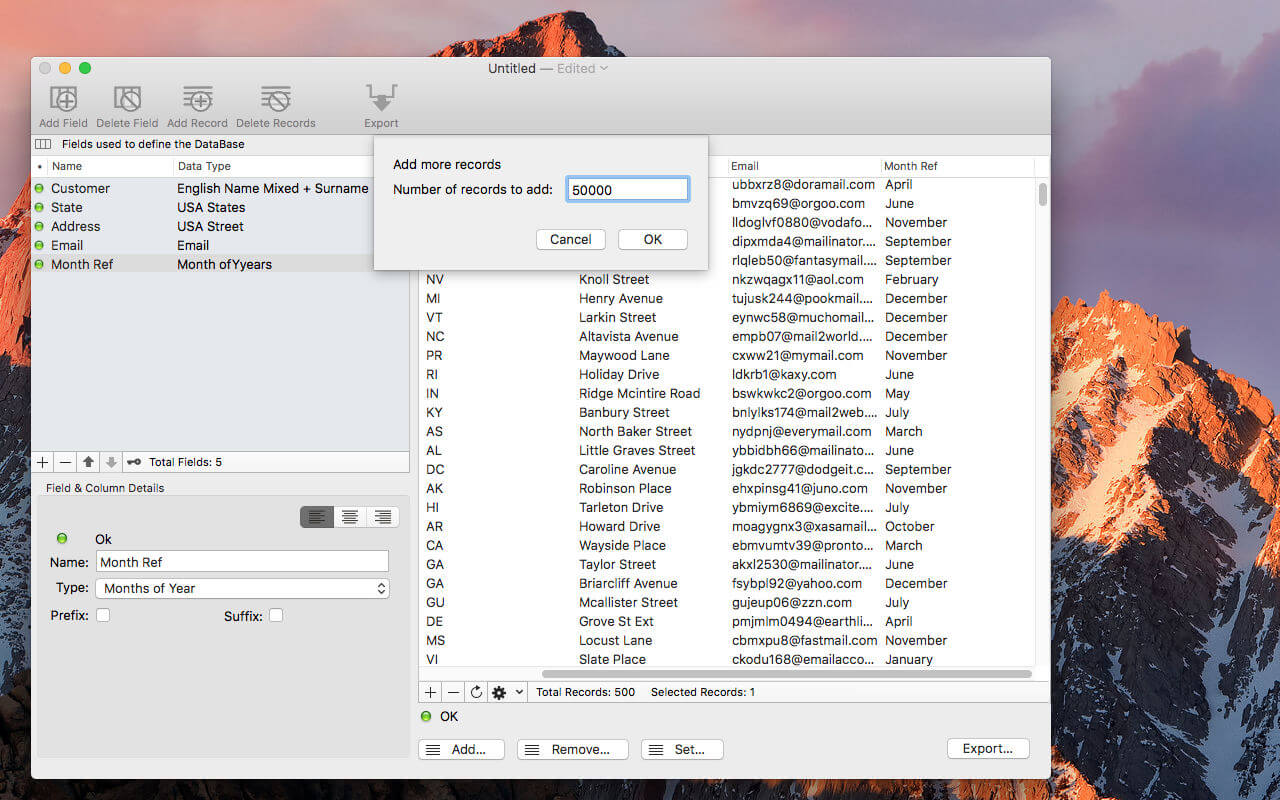

You’ll also notice “Custom Reports” is right next to this filtering tool, but this is going to just send you down to the part of the page below the actual data, so let’s just scroll down and see this: These three features are essentially the hidden gems of FanGraphs. The filters don’t allow you to sort by every stat, so exporting and sorting yourself might be necessary in some cases. For example, you can ask it to show you the stats for players who have a walk rate of 8% or higher, for example. To the far left, you’ll find “Show Filter,” which will allow you to specify statistical values that you want to see. You can then open it in Excel or Google Sheets and use it however you like.
#FANGRAPHS DATA CREATOR DOWNLOAD#
So if you’ve decide to look at second basemen from 2012-2013 with 500 of more PA, clicking “Export” will download all of that data. CSV of whatever is currently in the leaderboard. Clicking “Export” will provide you with a. On the far right, above where it says “WAR,” there is a little tab that says “Export.” This is going to be an extremely useful tool if you like to play around with stats and do all sorts of crazy filtering, graphing, or combining. You can also make use of three important features. Each column is sortable, you can change the number of results you get per page, and you can jump around to the various pages of results.

If you scroll down the page you’ll see something close to the image above, although there will be 30 rows rather than the truncated 15 you see here. There are far too many stats to name in one post, but if you click through the tabs you’ll be able to see what we offer. Take one more step down and you can set the ages you want to show up in the results, meaning that if you only want to see 30 year old players, you could set the minimum and maximum ages to 30.īelow that, we have a panel that allows you to select from any number of statistical groupings. And then you can decide to set a range of seasons picking any starting and ending date. Next to that you can just take a look at all rookies. So you could get Roy Halladay’s 20 seasons in the same leaderboard. Take another step down and you can choose to split seasons, which would allow you to look for seasons from 2010-2014, for example, with each player’s season available individually. stats while playing SS), and batting order position. I won’t list all of the options but we allow you to split by time of year, date, handedness, home/away, type of hit, situation, hit location, position (i.e. On the next line, you can select an individual season on the left and set your minimum PA on the right, but the “Split” tab is where things get interesting. This is true for team and league data as well.
#FANGRAPHS DATA CREATOR FULL#
For example, Nelson Cruz might show up in both DH and OF, but both tabs will include his full season stats. These tabs do not provide you with their production only while playing these positions. This is sometimes confusing, but these tabs allow you to return players who play these positions. Next there is a row where you can select one of many positions. Also on this line is a check box for “Active Roster,” which allows you to grab players who are currently on a 40-man roster. If you are looking at multi-season data, Split Teams will offer you different lines for each player-team relationship. For example, if you want to view Joakim Soria’s season with the Royals and Tigers separately, clicking Split Teams would divide those into separate lines. Beyond that, you can “Split Teams” which allows you to divide up a player’s season or career based on the teams for which he played. Next to that, you have the option of selecting an individual team. You can select which league you want to view, either the AL, NL, or All Leagues. Below that is where things start to get interesting.
#FANGRAPHS DATA CREATOR HOW TO#
The next row down offers you a chance to switch between “Batting,” “Pitching,” and “Fielding.” This is also going to be pretty self explanatory, but figuring out how to navigate quickly from one area to another is important. This might seem self explanatory, but if you ever wanted to know what the league average value is for a given stat, this is the way to do it. Below the basic toolbar, you’ll find three tabs called “Player Stats,” “Team Stats,” and “League Stats.” Clicking on the player section will return individual results by player, clicking on the team section will return individual results by team, and clicking on the league section will return results of the entire league. If you’ve clicked your way to the right page, the top of your screen should look like this. To navigate to the leaderboards, go the tab at the top of the page that says “Leaders” and click on the current year (or whichever year you’re interested in for hitters or pitchers).


 0 kommentar(er)
0 kommentar(er)
